Understanding the Impact of Community Engagement on Mental Health
Community engagement is a fundamental pillar in promoting mental health, fostering a sense of belonging, purpose, and resilience among individuals. By actively involving residents in local initiatives and decision-making, communities can create environments that support psychological well-being, reduce stigma, and improve access to mental health resources. This article explores how community involvement directly and indirectly contributes to mental health benefits, supported by research, models, and real-world examples.
The Link Between Sense of Community and Mental Health Outcomes
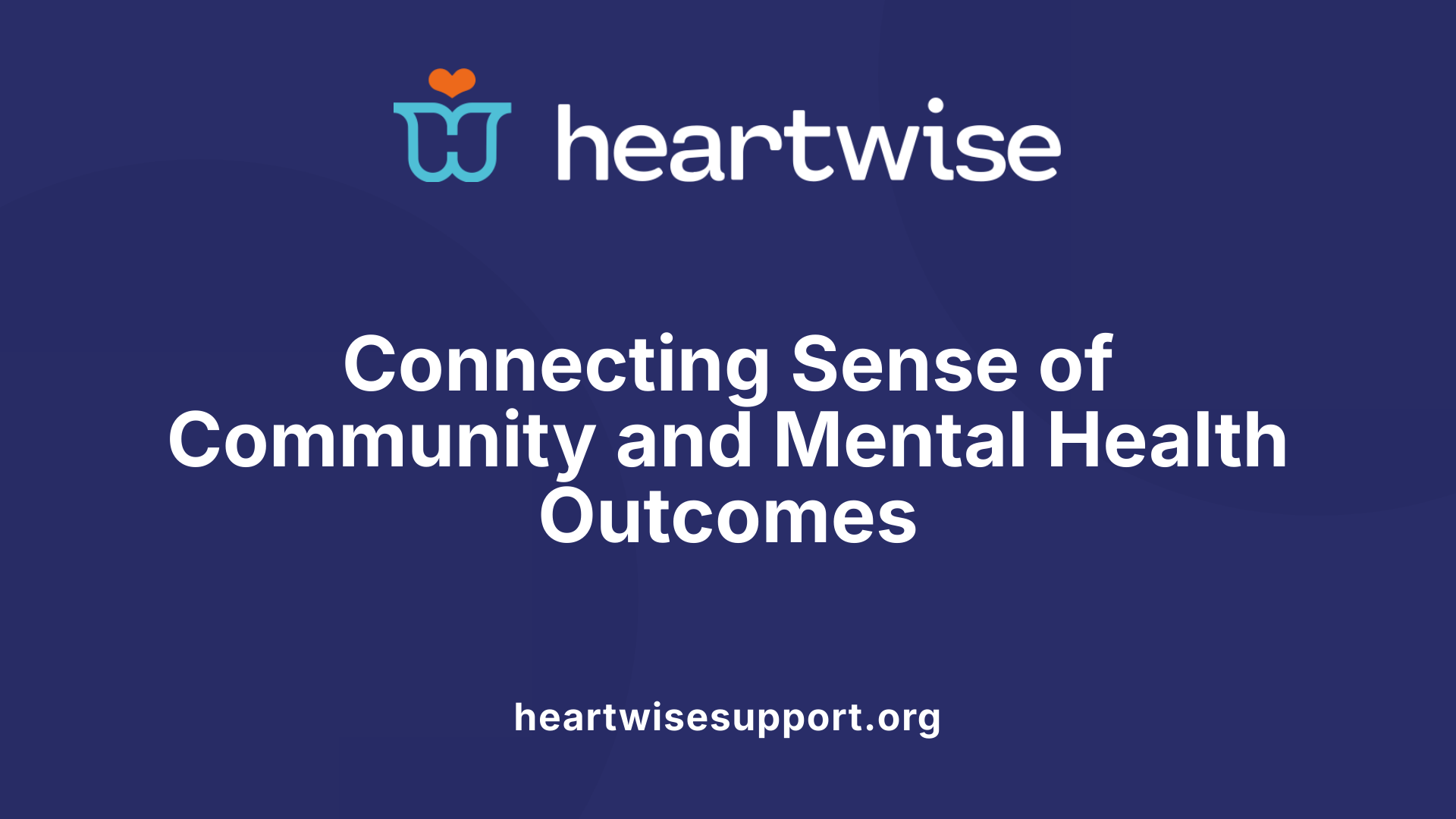
How is sense of community measured?
Sense of community is typically assessed using tools like the 8-item Brief Sense of Community Scale. This scale looks at four main areas: perceived needs fulfillment, group membership, influence within the community, and emotional connection. These elements help researchers understand how connected individuals feel to their community and how this feeling influences their mental health.
Effects on depression, anxiety, and stress
Research shows a strong link between a positive sense of community and better mental health. Individuals with a healthy sense of belonging are less likely to experience symptoms of depression, anxiety, and stress. Conversely, those with a negative sense of community face higher odds of these issues. Specifically, the study found that people with a negative community sense were over three times more likely to report depression symptoms and nearly three times more likely to report stress.
Social cohesion as a protective factor
Social cohesion acts as a vital safeguard for mental health. When community members feel bonded and supported, they tend to experience fewer mental health problems. This protective effect remains significant even after accounting for personal demographics and socioeconomic factors, highlighting the importance of fostering community ties. Strong social networks help individuals feel connected, supported, and resilient, reducing feelings of loneliness and improving overall emotional well-being.
How does community engagement help mental health?
Engaging actively within communities—through support groups, volunteer work, or local events—builds social bonds and a sense of purpose. These activities not only reduce loneliness but also provide emotional support, making individuals more resilient against mental health challenges. Participating in community efforts offers a safe space for expression, sharing personal stories, and normalizing mental health struggles.
Strategies to promote mental health through community involvement
Promoting mental well-being involves multiple approaches. Creating opportunities for social connections—such as neighborhood initiatives, community gardens, and local sports—fosters teamwork and mutual support. Enhancing access to green spaces and ensuring safe, walkable neighborhoods contribute to improved mood and physical activity. Protecting affordable housing stability helps maintain community ties, reducing distress caused by displacement. Nature exposure and volunteering foster purpose and belonging, key for mental resilience. Broader efforts include reducing urban sprawl and tackling social inequalities, leading to healthier environments that support mental health for everyone.
In summary, strengthening community networks and fostering social cohesion play essential roles in mitigating mental health issues. These efforts not only improve individual well-being but also enhance the overall health and resilience of communities.
Community-Based Interventions and Theoretical Frameworks
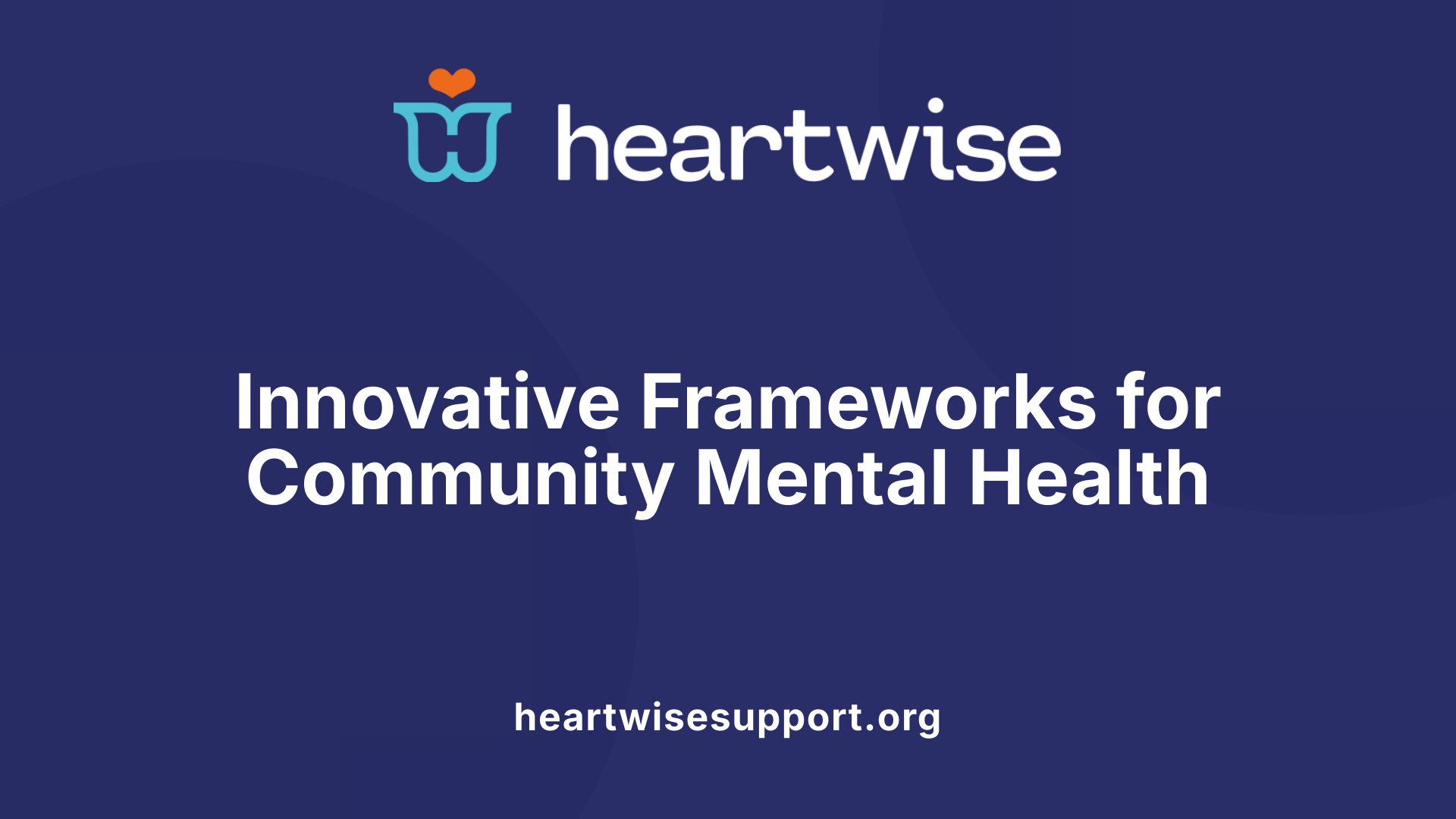 Models like Community-Based Participatory Research (CBPR) and Patient-Centered Outcomes Research (PCOR) are foundational in developing effective mental health interventions that resonate with community needs. These models emphasize collaboration with community stakeholders throughout research processes, fostering shared control and ensuring that the resulting initiatives are culturally relevant and sustainable. Forming community advisory boards (CABs) and conducting focus groups are common strategies within these frameworks, enabling researchers to identify specific barriers such as stigma, access issues, and resource gaps. These approaches help tailor mental health services to community contexts, improve trust, and enhance the effectiveness of interventions.
Models like Community-Based Participatory Research (CBPR) and Patient-Centered Outcomes Research (PCOR) are foundational in developing effective mental health interventions that resonate with community needs. These models emphasize collaboration with community stakeholders throughout research processes, fostering shared control and ensuring that the resulting initiatives are culturally relevant and sustainable. Forming community advisory boards (CABs) and conducting focus groups are common strategies within these frameworks, enabling researchers to identify specific barriers such as stigma, access issues, and resource gaps. These approaches help tailor mental health services to community contexts, improve trust, and enhance the effectiveness of interventions.
Engaging community members—including those with lived experience—serves as a powerful way to create supportive environments. Advisory committees and focus groups reveal critical insights about local attitudes, cultural sensitivities, and practical barriers. This knowledge informs targeted actions to reduce stigma, improve accessibility, and build social support networks that are meaningful to residents.
Addressing stigma and cultural barriers remains vital in strengthening community mental health. Initiatives often involve public awareness campaigns, storytelling, and educational workshops designed to normalize mental health discussions. Efforts like community conversations and culturally sensitive outreach foster trust and encourage individuals to seek help without fear of discrimination. Ensuring these programs are accessible and inclusive can transform community environments into safe spaces for everyone, promoting mental health resilience and recovery.
Ultimately, integrating research methods like CBPR and PCOR with active community participation enhances the relevance, acceptability, and sustainability of mental health support. By building trust and leveraging local strengths, communities can effectively address mental health challenges and foster collective resilience.
The Role of Community Support Systems and Social Networks
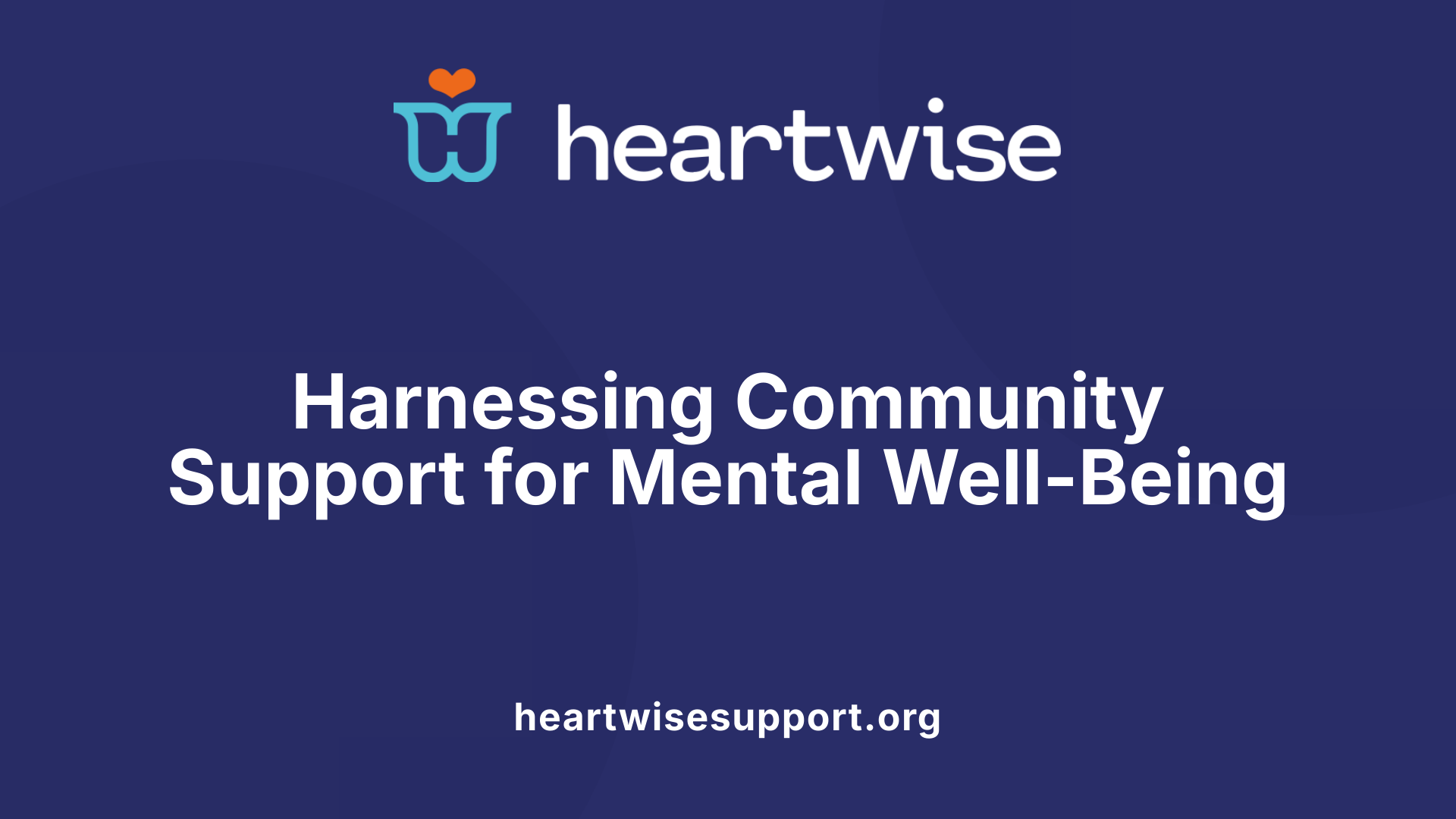
Why is community engagement important for mental health recovery?
Community engagement plays a crucial role in mental health recovery by offering vital emotional, social, and psychological support. When individuals participate in support groups or connect with their family, friends, and local community resources, they experience a greater sense of belonging and purpose.
Support groups and peer support programs create safe spaces for sharing experiences, which can normalize mental health struggles and reduce feelings of isolation. Involving family and community ties strengthens social bonds, providing ongoing encouragement and assistance.
Engagement can also improve social skills, boost confidence, and foster resilience. Community-led initiatives, especially those involving people with lived experience, often lead to better health outcomes, such as symptom reduction and personal growth.
Overall, active involvement in community settings helps individuals feel empowered, reduces stigma, and promotes social inclusion. This holistic approach supports a sustained recovery journey, emphasizing the importance of being part of a supportive network that extends beyond clinical treatment.
Support groups and peer support
Support groups and peer networks serve as cornerstone resources in mental health recovery. They connect individuals facing similar challenges, providing emotional reassurance and shared understanding.
Research highlights that participation in peer-led groups can decrease feelings of loneliness and build self-esteem. Programs like mental health first aid and online forums facilitate accessible community engagement, especially in resource-limited settings.
Support systems also include community-based training and advocacy initiatives, which educate the public, challenge stigma, and promote culturally relevant support. Creating these networks through community advisory boards and collaborations ensures tailored support that respects diverse backgrounds.
Social inclusion and recovery
Social inclusion is fundamental for fostering mental well-being. It involves integrating individuals into meaningful community roles—such as volunteering, attending social events, or participating in faith and cultural activities.
By actively engaging in community life, individuals gain a sense of purpose and belonging, which are critical for emotional stability. Participation can be facilitated by removing barriers like physical accessibility, affordability, or social anxiety, through enablers such as peer support and inclusive environments.
When people feel accepted and valued, their resilience increases, and symptoms like depression and anxiety often diminish. Community engagement also helps build supportive environments capable of addressing mental health issues at a broader societal level.
Family and community ties
Strong family and community connections serve as protective factors for mental health. These relationships offer safety, care, and encouragement during difficult times.
Family involvement in treatment and recovery processes promotes understanding and reduces stigma. Community ties—such as involvement in local organizations, faith groups, or cultural activities—further reinforce social bonds.
Research shows that older adults with active community participation experience lower depression rates, and women with strong social networks tend to experience less anxiety. These connections nurture psychological resilience, providing ongoing support and decreasing feelings of loneliness.
Building these ties involves creating welcoming, culturally sensitive environments and fostering open communication. Supporting community involvement for vulnerable groups enhances overall community wellness and individual mental health.
| Aspect | Impact | Examples |
|---|---|---|
| Support systems | Reduce isolation, foster trust, and provide emotional aid | Support groups, peer networks, community programs |
| Social inclusion | Boostsense of purpose, decrease stigma, and maintain resilience | Volunteering, cultural activities, faith groups |
| Family and community ties | Offer safety, encouragement, and reduce depression risk | Family therapy, community events, local organizations |
Fostering these interconnected relationships nurtures mental health, builds resilience, and promotes a caring, inclusive community environment.
Addressing Barriers and Enhancing Enablers of Community Engagement
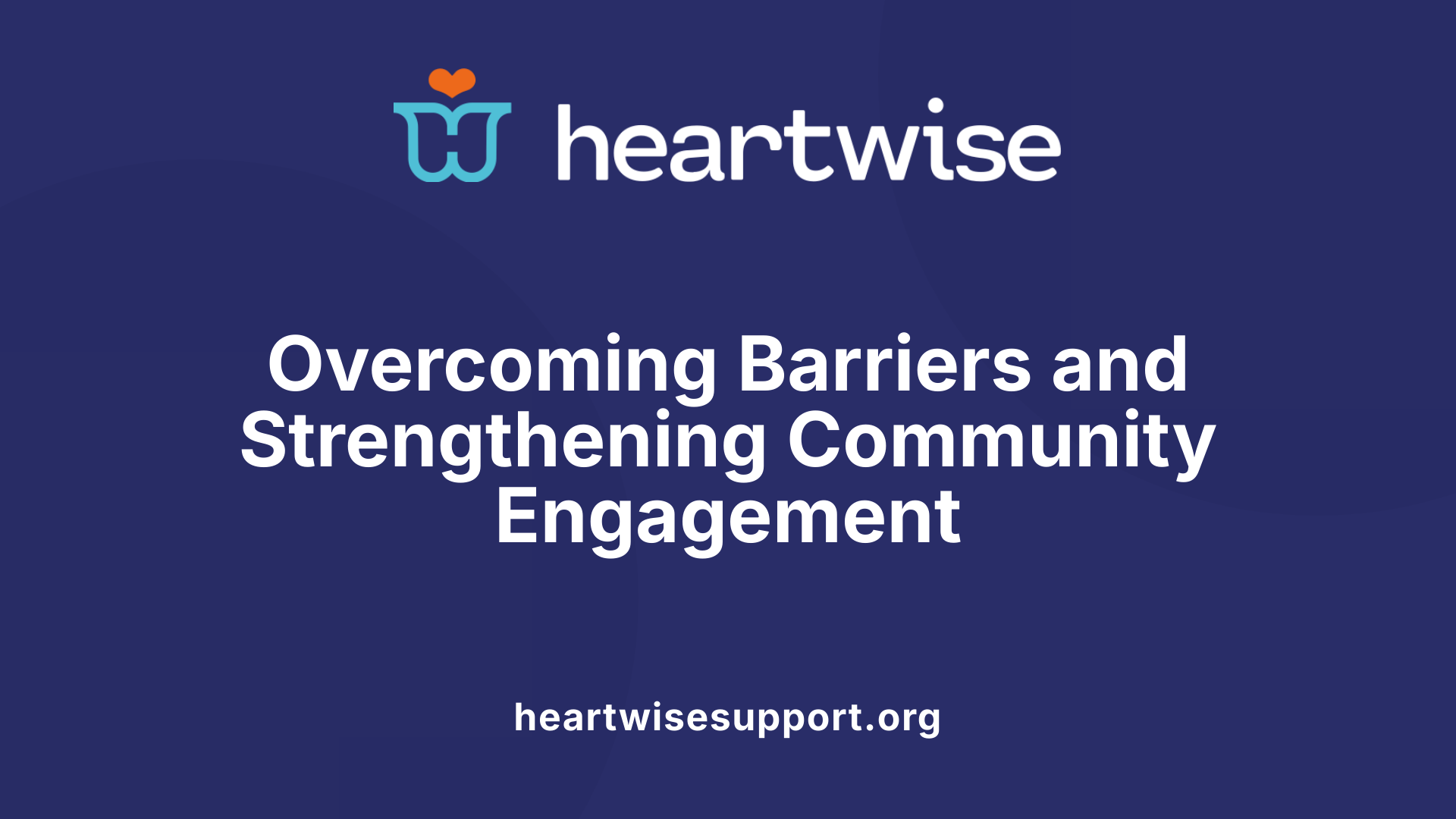
What are common barriers and enablers to effective community engagement in mental health initiatives?
Community engagement in mental health efforts faces several challenges that can hinder progress. Common barriers include financial constraints like affordability issues and limited long-term funding, making sustained participation difficult for many individuals. Accessibility problems, such as transportation difficulties and a lack of organized activities that match community interests, also restrict involvement.
Social anxiety and disparities related to socioeconomic status or cultural differences can prevent individuals from feeling comfortable participating. Additionally, building trust may be difficult due to cultural differences, opaque communication, and segmented sectors working independently without shared language or priorities. Structural issues like complex pathways for service commissioning, inconsistent protocols for social prescribing, and unclear roles among health and community sectors further complicate engagement.
Conversely, effective enablers improve participation and include fostering trust through culturally appropriate, community-led approaches that respect local values and traditions. Providing well-structured, inclusive activities that are accessible to diverse groups encourages broader involvement. Securing sustained funding and offering training for staff and community groups help build capacity, ensuring that initiatives are resilient over time.
Partnerships with local leaders, Elders, and community organizations can strengthen engagement by creating shared understanding and community empowerment. These collaborations promote collective control, making initiatives more relevant and responsive to community needs. Ultimately, overcoming barriers requires tailored interventions, capacity-building efforts, and long-term commitment, which together can foster a more participatory and effective approach to mental health community initiatives.
Strategies and Future Directions in Community Engagement
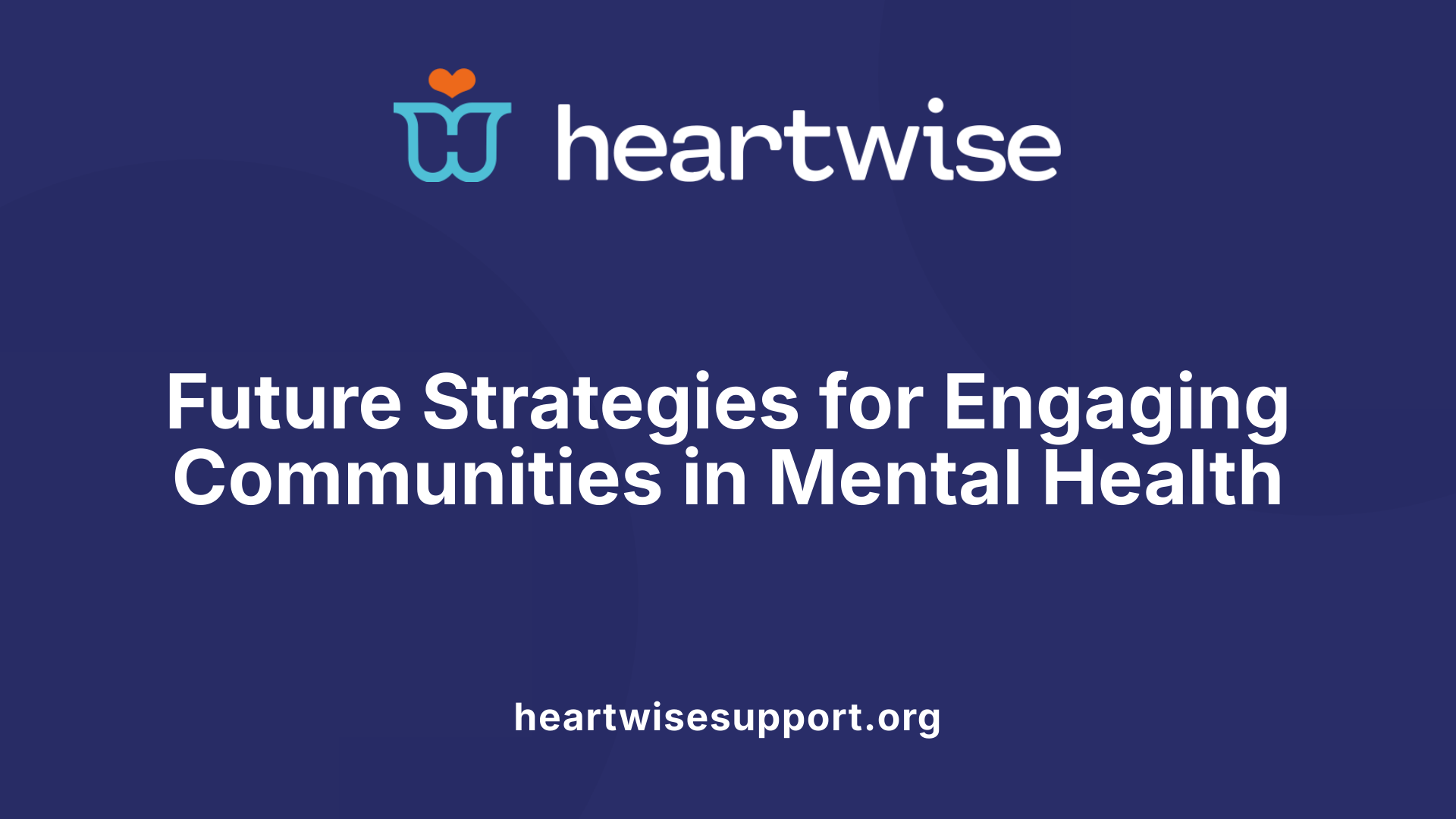
What are effective intervention approaches to enhance community engagement for mental health support?
Promoting community engagement in mental health care involves multiple strategies designed to foster collaboration and inclusion. One effective approach is building partnerships across sectors—health, education, social services, and local organizations—to create a cohesive support network.
Involving community members, especially those with lived experience of mental health challenges, throughout all stages of planning, implementation, and evaluation ensures programs are relevant and respectful of local culture.
Leveraging trusted community relationships through lay health workers and culturally tailored programs enhances outreach efforts and builds trust. Initiatives such as community coalitions and comprehensive community-wide plans like Community Prevention and Intervention Circles (CPIC) or Community Training for Change (CTC) foster shared leadership.
Frameworks like the IAP2 Spectrum of Public Participation and the Nine Step Model guide stakeholders in fostering active participation and co-ownership of mental health initiatives. These models emphasize transparency, empowerment, and shared decision-making.
Addressing barriers—such as stigma, limited resources, or mistrust—requires targeted outreach, public awareness campaigns, and delivering services in familiar, accessible community settings.
Incorporating community voices when designing programs boosts cultural relevance and acceptability, improving long-term sustainability.
Additionally, innovative methods, including digital tools and social media platforms, can expand reach and engagement. For example, online forums and telehealth services complement in-person support, making mental health care more accessible.
Overall, inclusive, respectful, and sustained community participation is essential for developing effective, equitable mental health support systems that resonate with diverse populations.
Building a Culture of Trust and Inclusion for Mental Well-Being
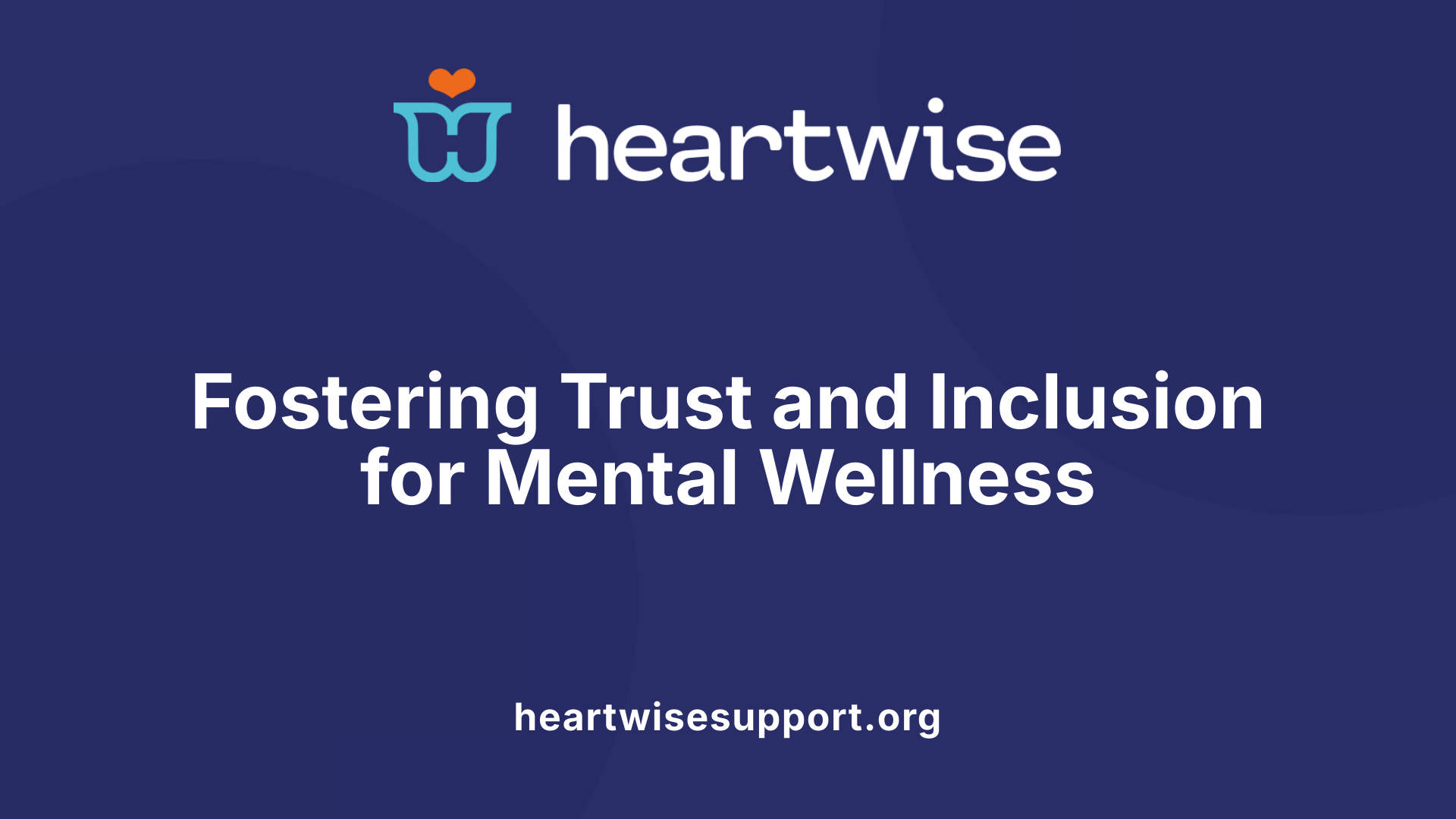
Why is community engagement important for mental health recovery?
Community engagement plays a crucial role in mental health recovery by offering vital emotional, social, and psychological support. When individuals participate in community activities such as support groups, volunteering, or connecting with local organizations, they experience a sense of belonging and empowerment.
Research shows that involvement in community programs helps reduce feelings of loneliness and stigma, which are common barriers to seeking help. Engaging with family, friends, or online communities fosters connection and confidence, supporting individuals in developing social skills and resilience.
High community participation, especially led by peers with lived experience, has been linked to improved mental health outcomes. These include reductions in symptoms of depression, anxiety, and stress, along with increased personal growth and recovery.
Creating supportive, inclusive environments promotes social inclusion and normalizes mental health struggles. Overall, community engagement encourages active participation in life, helping individuals rebuild confidence, find purpose, and sustain recovery beyond illness.
Fostering Community for Lasting Mental Well-Being
Building resilient, inclusive, and connected communities is integral to supporting mental health. Through shared participation, culturally sensitive programs, and collaboration across sectors, communities can create environments where mental well-being flourishes. Overcoming barriers like stigma, accessibility issues, and resource limitations requires sustained effort, innovative strategies, and leadership from community figures. As research and real-world examples show, active community involvement not only reduces symptoms of mental illness but also promotes recovery, resilience, and overall quality of life. By cultivating strong social ties and fostering a culture of trust and inclusion, communities lay the foundation for lasting mental health support that benefits all members.
References
- Sense of community and mental health: a cross-sectional analysis ...
- Community and cultural engagement for people with lived ...
- The Powerful Link Between Community And Mental Health
- Rural Community Engagement for Mental Health | Collaborations
- [PDF] behavioral health services - community engagement
- The Importance of Community and Mental Health | NAMI
- Community-Engaged Mental Health and Wellbeing Initiatives in ...
- Community Involvement Can Enhance Mental Health











